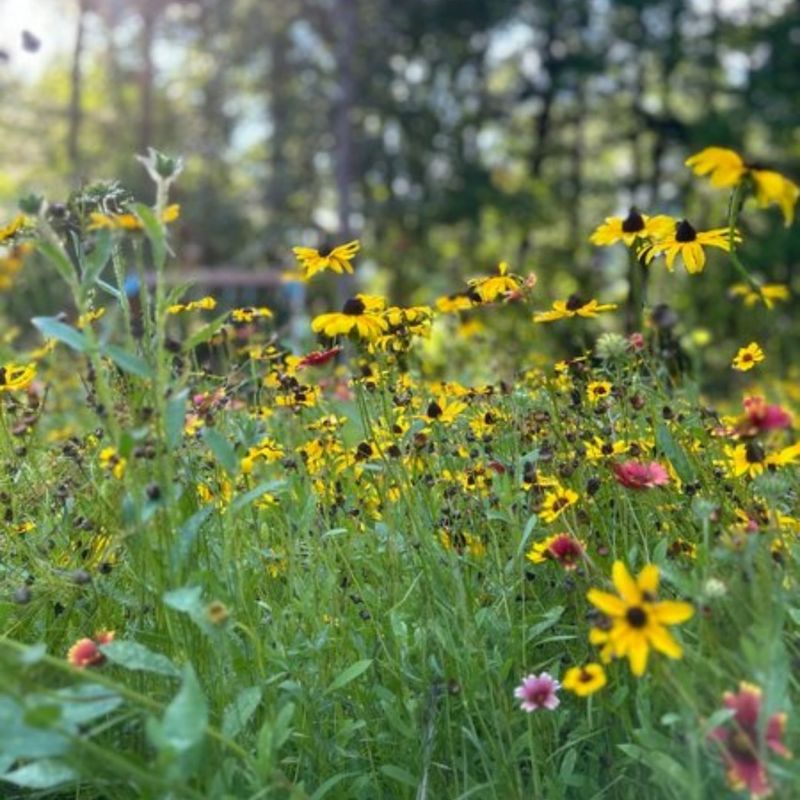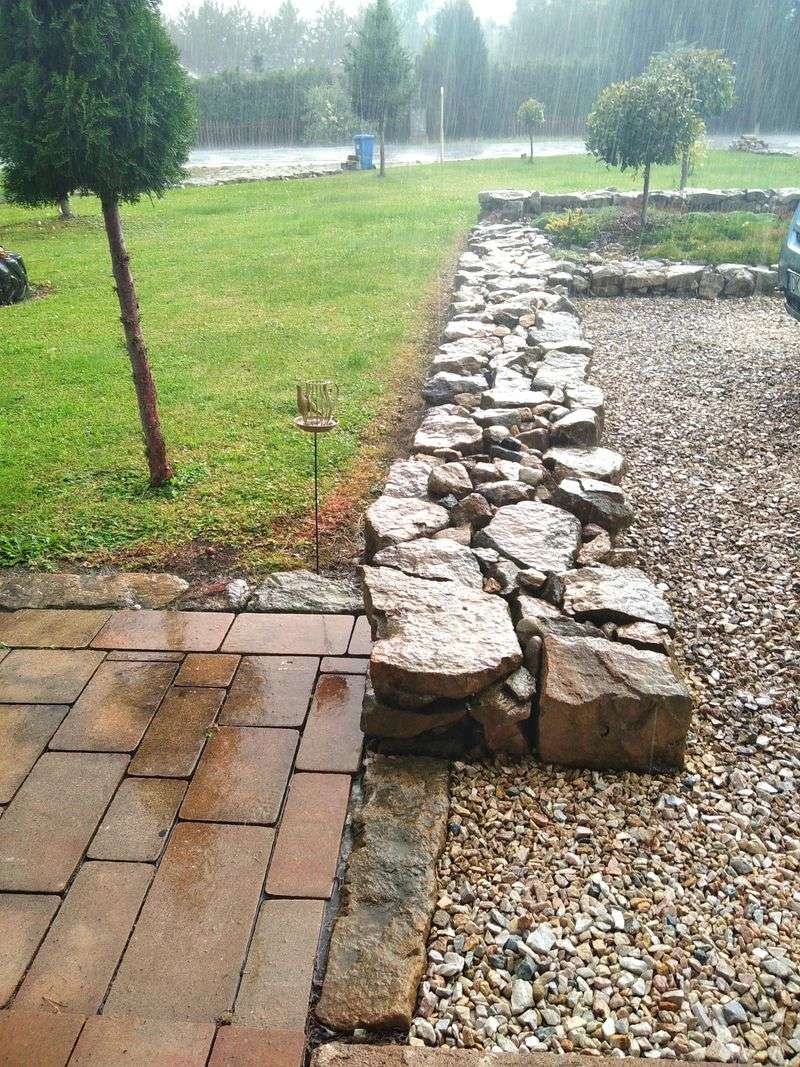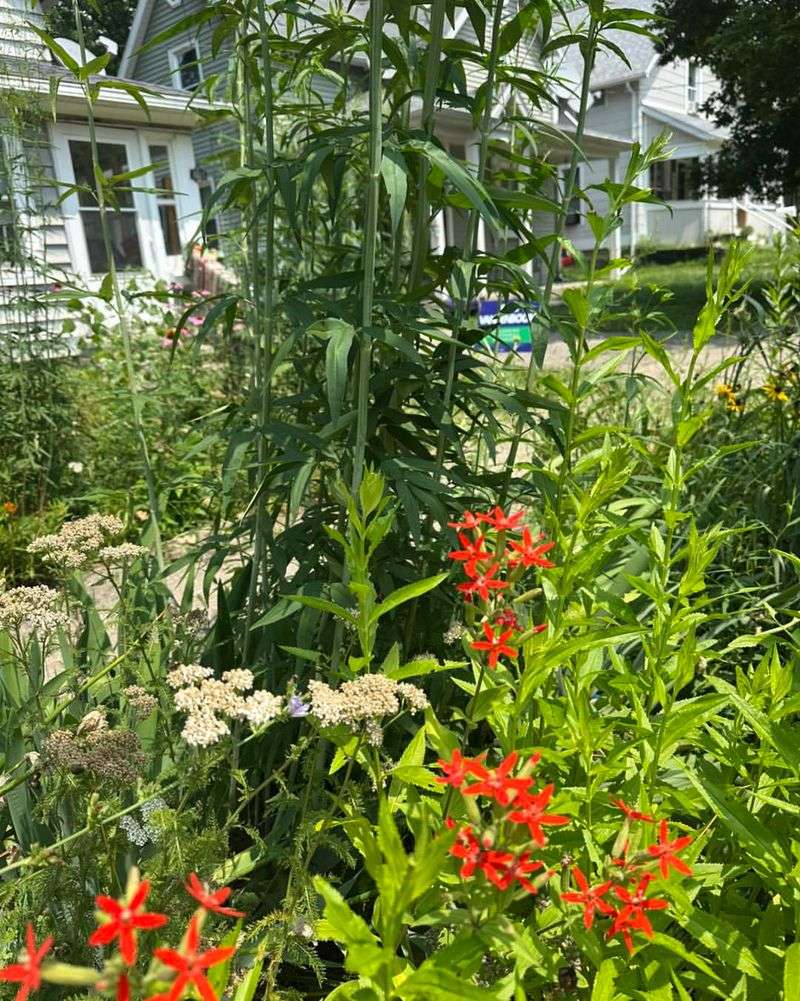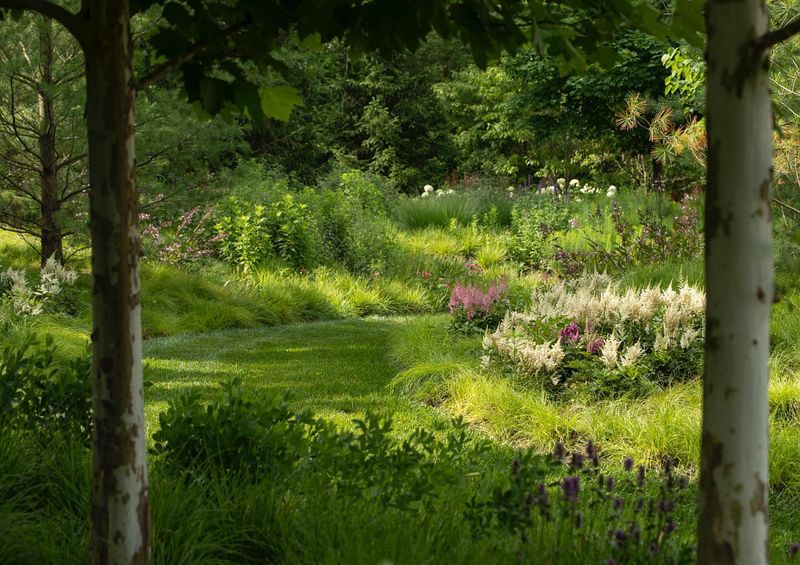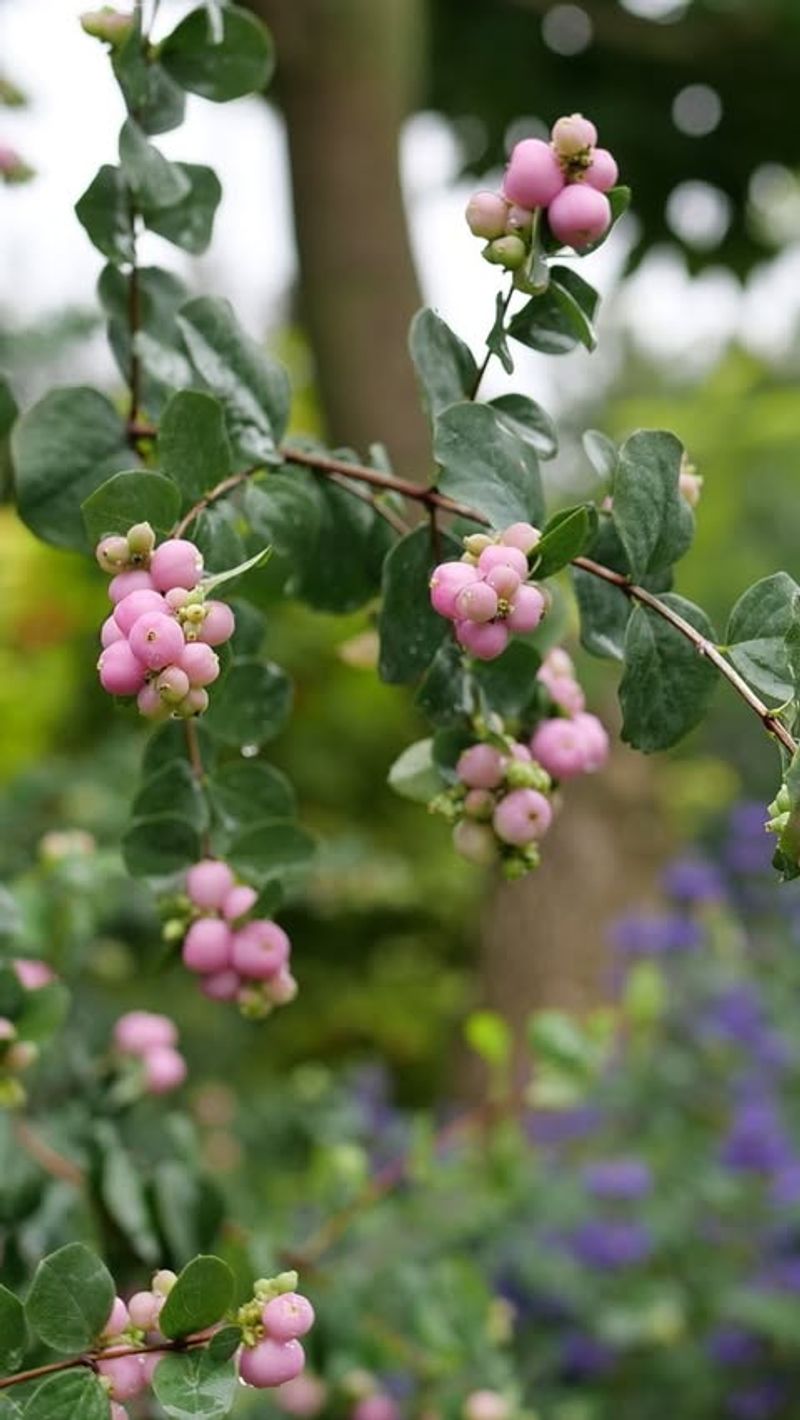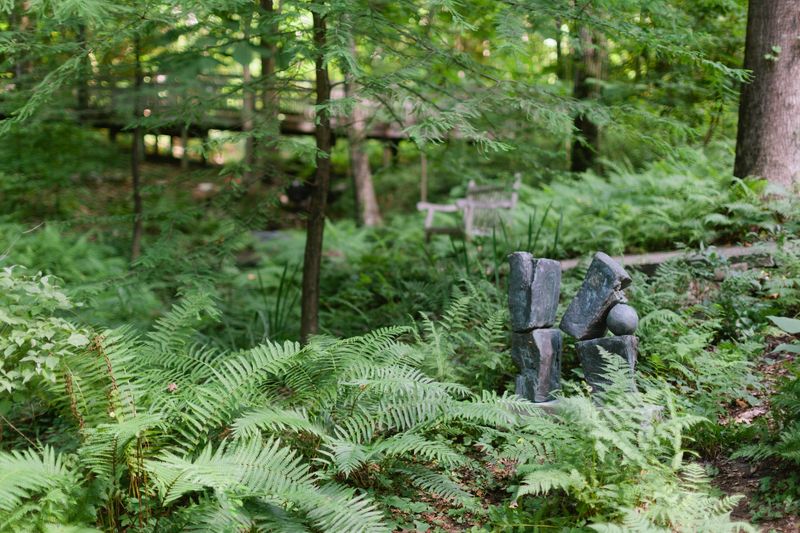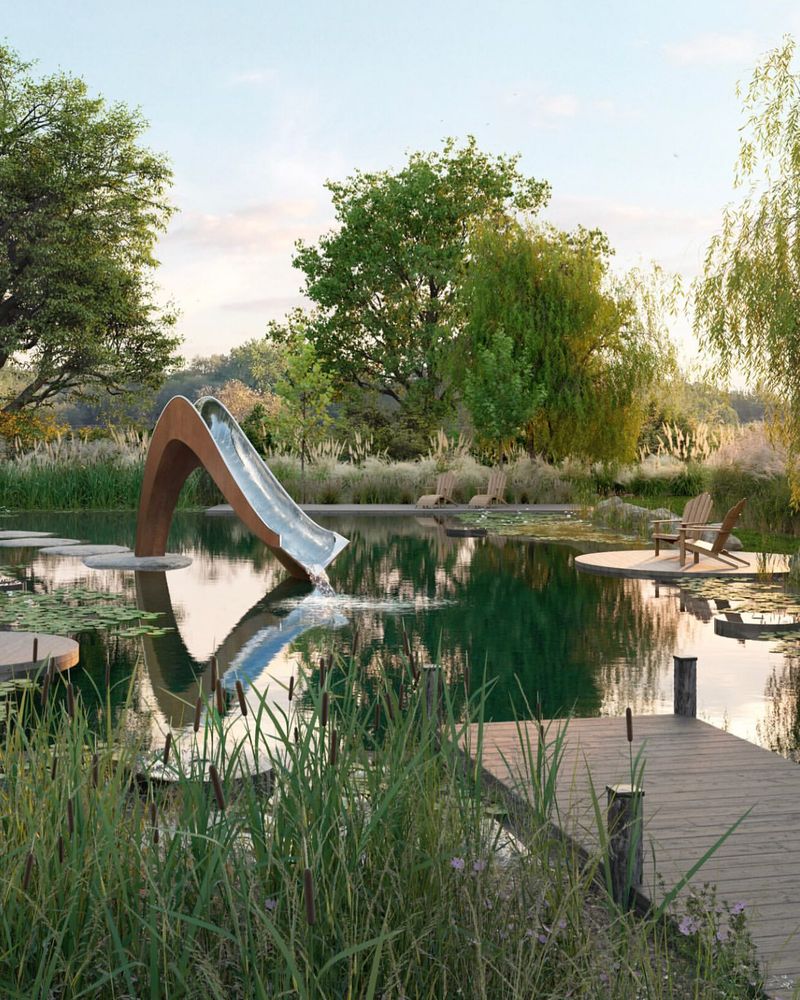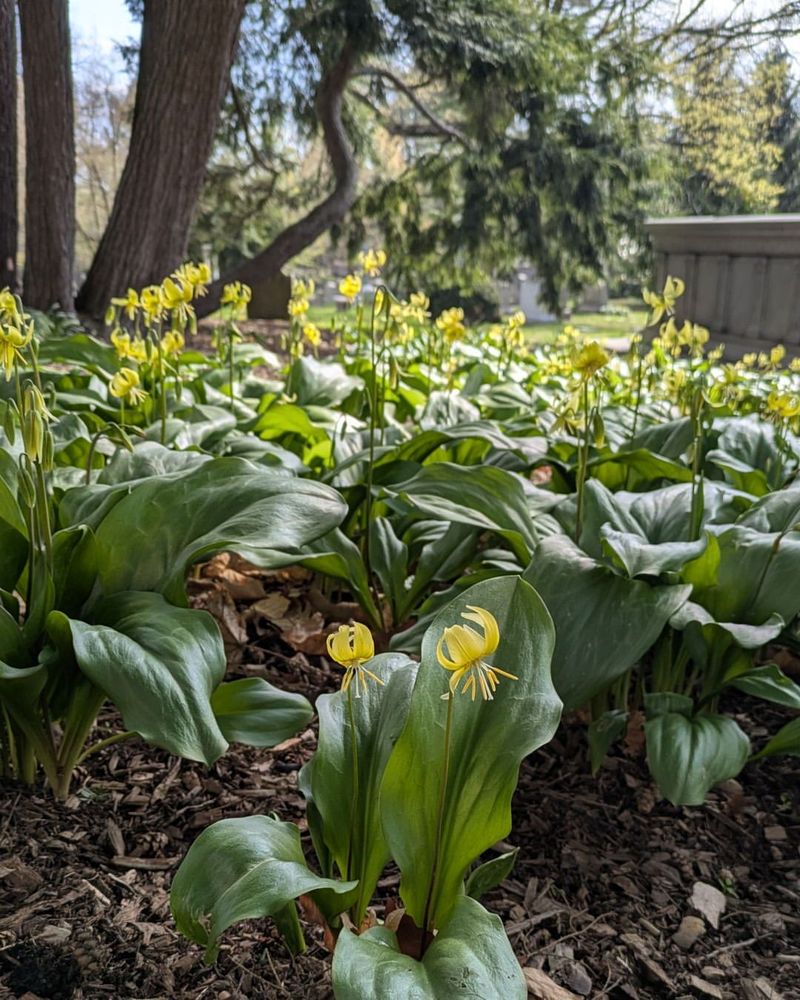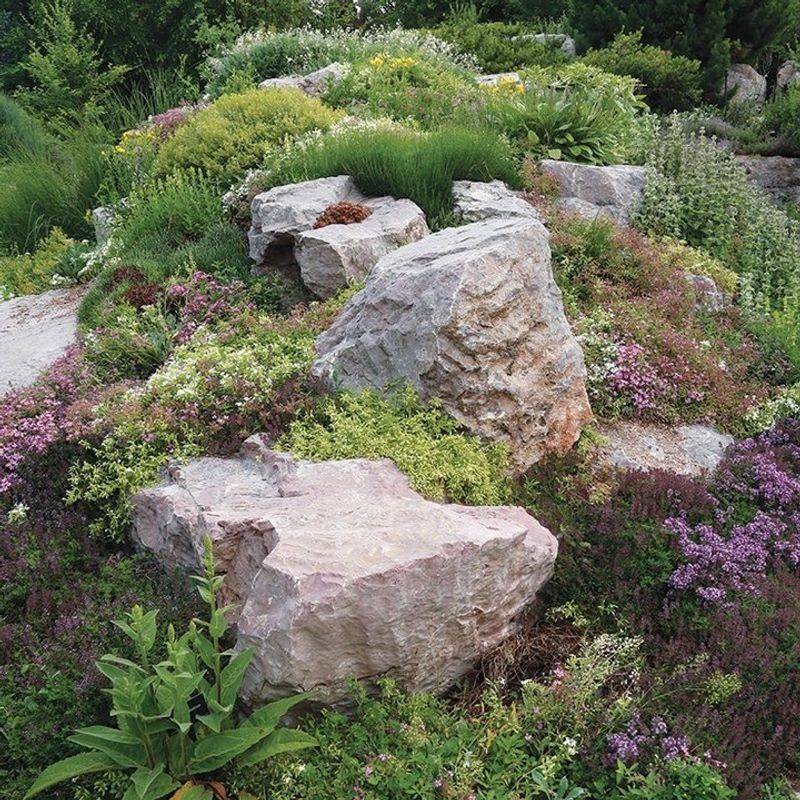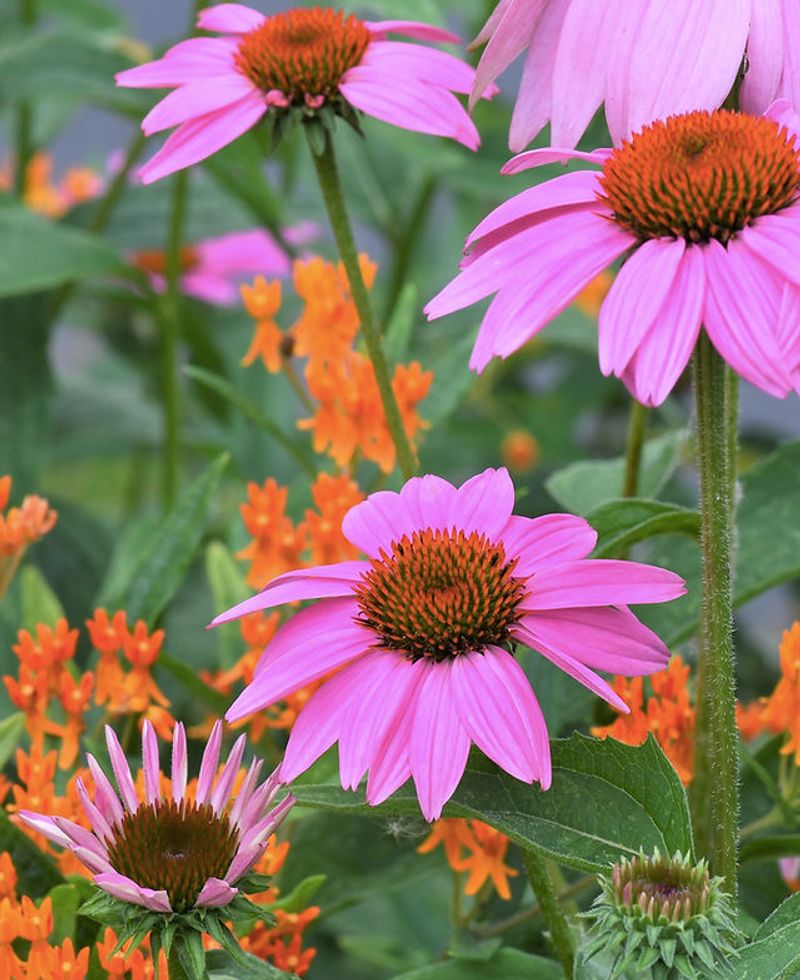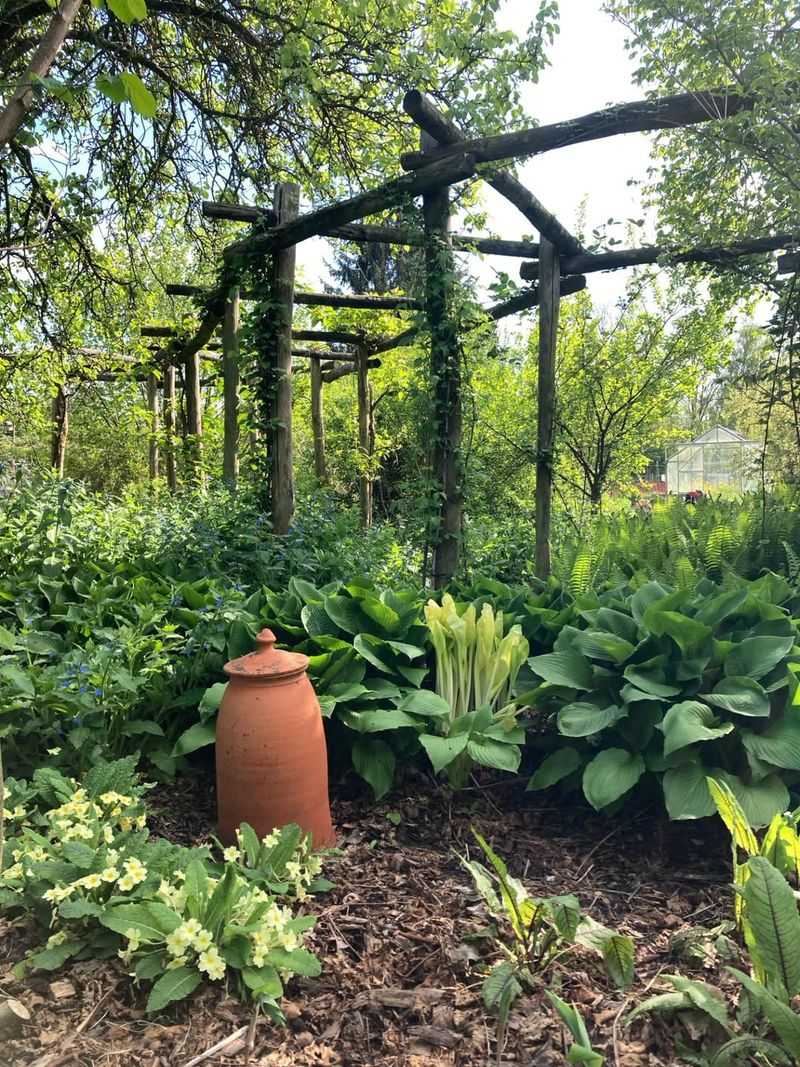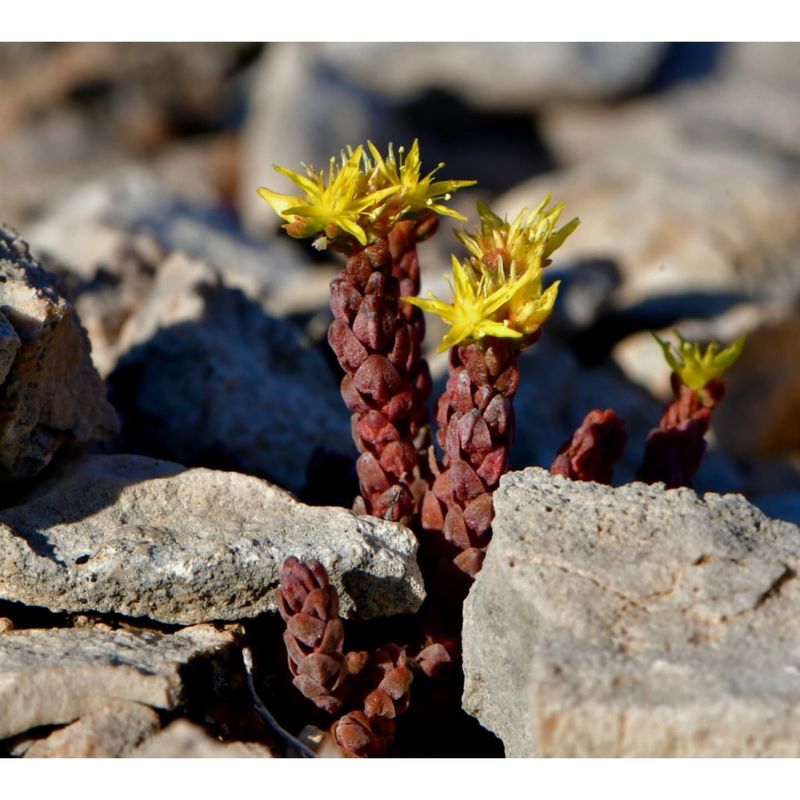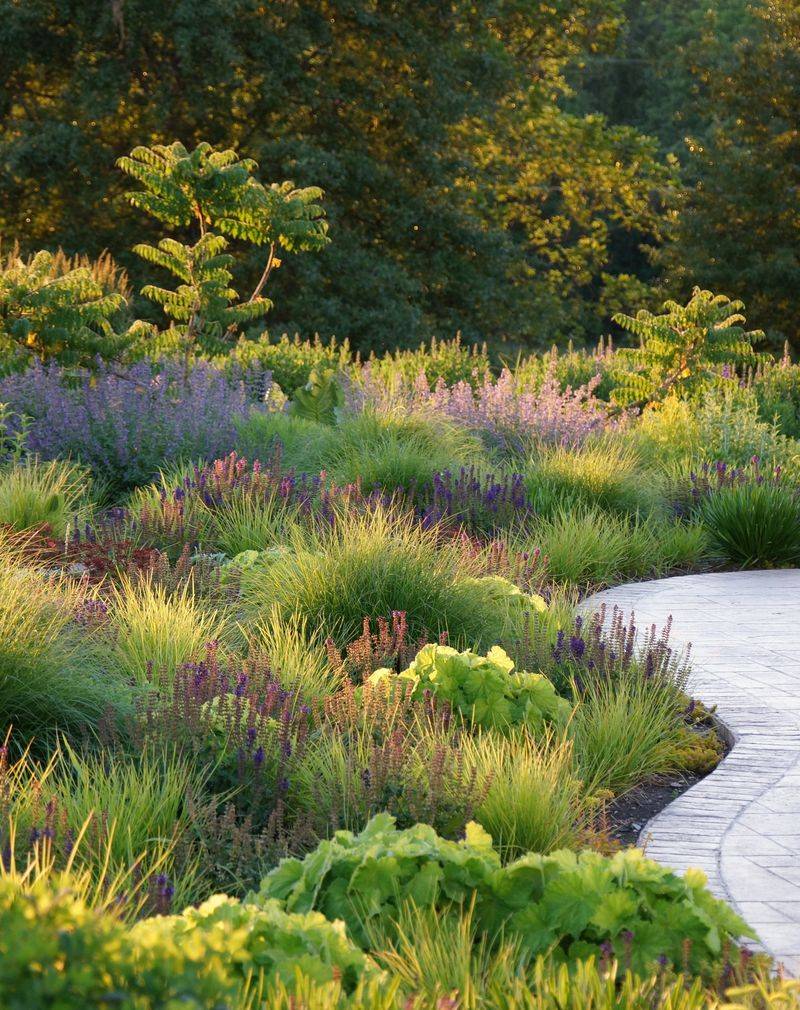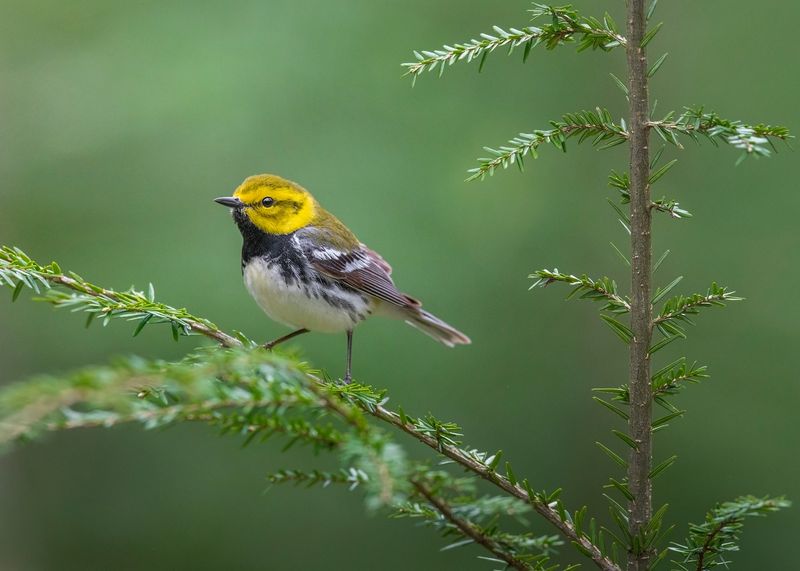I used to think a great garden had to be perfectly edged, color-coordinated, and clipped within an inch of its life. But in Vermont? That just felt…wrong. The real magic happened when I let go of all that and leaned into the natural rhythm of the land.
Soft paths, native blooms, and wild layers brought my yard to life in a way no blueprint ever could. If you’re craving a space that feels like it belongs—not just exists—these naturalistic garden ideas are exactly where to start.
1. Native Wildflower Meadows
Transforming a portion of your lawn into a wildflower meadow creates a spectacular show of color that changes with the seasons. Vermont-native species like black-eyed Susans, bee balm, and New England asters thrive with minimal care once established.
Local pollinators will flock to your yard, bringing movement and life to your garden. The meadow’s gentle swaying in summer breezes creates a soothing, natural atmosphere that conventional lawns simply can’t match.
2. Stone Walls As Garden Borders
Vermont’s landscape is dotted with historic stone walls, making them a perfect authentic border for naturalistic gardens. Using locally sourced fieldstone creates immediate character and a sense of place that feels right at home in the Green Mountain State.
Low walls provide seating and create microclimates for plants that appreciate extra warmth. They also offer shelter for beneficial creatures like toads and small snakes that help keep garden pests in check.
3. Rain Gardens For Wet Areas
Many Vermont properties have spots that stay wet after rain. Instead of fighting this natural tendency, embrace it by creating a rain garden filled with moisture-loving native plants like cardinal flower, blue flag iris, and swamp milkweed.
Rain gardens capture runoff, preventing erosion while creating striking visual interest. The vibrant blooms attract hummingbirds and butterflies, adding another layer of natural beauty to your yard while helping manage Vermont’s sometimes abundant rainfall.
4. Woodland Edge Gardens
For properties that border wooded areas, creating a transitional woodland edge garden feels natural and requires minimal maintenance. Plant native understory shrubs like serviceberry and witch hazel alongside woodland perennials such as ferns, bloodroot, and trillium.
This approach blurs the line between wild forest and cultivated garden. The gradual transition from tall trees to smaller plants mimics natural forest edges, providing valuable habitat for birds and creating a peaceful retreat with year-round interest.
5. Berry-Producing Shrub Borders
Incorporating native berry-producing shrubs like highbush blueberry, elderberry, and winterberry holly creates a garden that’s both beautiful and functional. The spring flowers and fall berries provide two seasons of visual interest while offering food for local birds.
The changing seasons bring dramatic color shifts from these plants. Summer’s lush greenery transforms into brilliant reds and purples in fall, while winterberry’s bright red fruits stand out dramatically against Vermont’s snowy winter landscape.
6. Fern Glades For Shady Spots
Vermont’s abundant shade trees create perfect conditions for fern glades. Combining different native fern varieties like maidenhair, Christmas fern, and ostrich fern creates a lush, woodland-inspired retreat that thrives in those tricky shady spots.
The varying textures and heights of different fern species add visual interest without flowers. Morning dew catching on the fronds creates magical moments, while the gentle movement of ferns in summer breezes brings a calming presence to your yard.
7. Natural Swimming Ponds
Moving beyond chlorinated pools, natural swimming ponds blend recreation with ecology. These water features use plants instead of chemicals to keep water clean, creating a swimming area that looks like it’s always been part of the landscape.
Surrounding the pond with native marginal plants like blue flag iris and pickerelweed creates habitat for frogs and dragonflies. The water reflects Vermont’s beautiful sky and changing seasons, doubling the visual impact of your autumn foliage or summer sunset views.
8. Maple Groves With Spring Ephemerals
Celebrate Vermont’s maple heritage by creating a small sugar maple grove underplanted with spring ephemerals like trout lilies, spring beauty, and bloodroot. These early-blooming woodland flowers appear before the trees leaf out, creating a magical spring display.
Once the maple canopy fills in, the spring flowers retreat until next year. This natural cycle requires almost no maintenance and creates a distinctly Vermont landscape feature. Fall brings the added bonus of spectacular maple foliage right in your own yard.
9. Rock Gardens With Alpine Plants
Vermont’s naturally rocky terrain provides inspiration for alpine-style rock gardens featuring low-growing plants that thrive in well-drained soil. Native options like pussytoes, rock cress, and early saxifrage create miniature landscapes that look completely at home.
Positioning rocks to create pockets of soil mimics natural mountain environments. The compact nature of these plants makes them perfect for smaller yards or garden areas where you want year-round structure without high maintenance needs.
10. Pollinator Pathways
Creating corridors of pollinator-friendly plants helps connect fragmented habitats across neighborhoods. Plant ribbons of native flowers like goldenrod, asters, and Joe-Pye weed to provide continuous blooming from spring through fall.
Bees, butterflies, and hummingbirds will use these pathways as they move through the landscape. Beyond their ecological value, these flowing ribbons of color add movement and structure to your garden design while requiring less maintenance than traditional flower beds.
11. Edible Forest Gardens
Inspired by natural forest ecosystems, edible forest gardens layer food-producing plants from canopy to ground. Combine fruit trees like hardy apples and pears with berry-producing shrubs and perennial vegetables for a productive, low-maintenance landscape.
Unlike traditional vegetable gardens, these systems need minimal intervention once established. The diverse plantings support each other while providing harvests throughout the growing season, creating a uniquely Vermont take on the victory garden that works with nature rather than against it.
12. Granite Outcroppings With Native Succulents
Embrace any exposed granite or large rocks in your yard by planting them with Vermont-native succulents and rock-loving plants. Prickly pear cactus surprisingly thrives in Vermont’s sunny spots, while rock polypody fern tucks into crevices.
The contrast between rugged stone and delicate plants creates visual drama. This approach honors Vermont’s geological character while creating habitat for specialized creatures like certain native bees that prefer these harsh microenvironments.
13. Meadow Paths Through Tall Grasses
Mown paths through areas of native grasses like little bluestem and prairie dropseed create inviting journeys through your landscape. The contrast between neatly trimmed paths and flowing grasses provides structure without formality.
Children love running through these natural corridors. The grasses change dramatically with the seasons—from green to gold to catching snow in winter—while requiring only annual cutting. This approach works especially well for larger Vermont properties or as an alternative to traditional lawns.
14. Log And Stump Gardens
Fallen logs and stumps from Vermont’s abundant forests make perfect natural planters and garden features. Partially buried logs create microhabitats for woodland plants like wild ginger, foamflower, and wood sorrel that would struggle in conventional garden beds.
As the wood slowly decomposes, it feeds the soil and plants. The textural contrast between rough wood and delicate foliage adds visual interest to shady areas, while providing crucial habitat for beneficial insects and small creatures that enhance your garden’s ecological health.
15. Bird-Friendly Thickets
Dense plantings of native shrubs like dogwood, viburnum, and serviceberry create perfect shelter and nesting sites for Vermont’s birds. The multi-stemmed growth habit and varied heights form natural thickets that birds instinctively recognize as safe havens.
The bonus of seasonal berries keeps birds returning year after year. Positioning these thickets along property edges creates privacy screening with ecological benefits, while the birds they attract help control garden pests naturally.
16. Rustic Dry Stream Beds
Mimicking Vermont’s natural waterways, dry stream beds manage occasional water flow while creating striking garden features. Using local river stones of varied sizes creates an authentic look that appears to have been shaped by natural water movement.
During heavy rains, these channels direct water flow to prevent erosion. Between rain events, they serve as visually interesting pathways through the garden. Plants like sedges and rushes along the edges enhance the natural stream appearance while stabilizing the soil.


